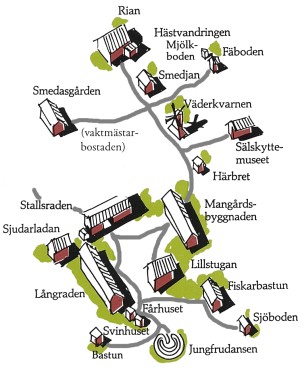The buildings
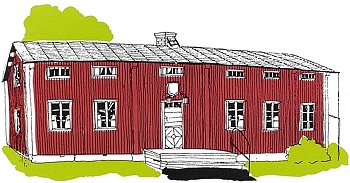
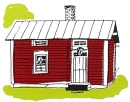
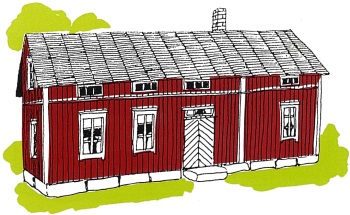
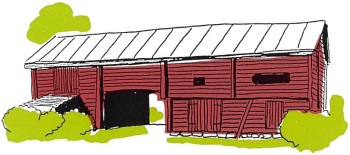
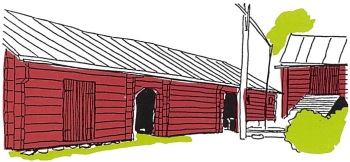


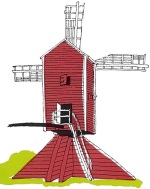



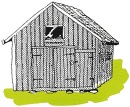
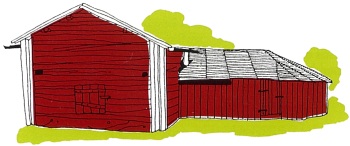

About the Brage open-air museum
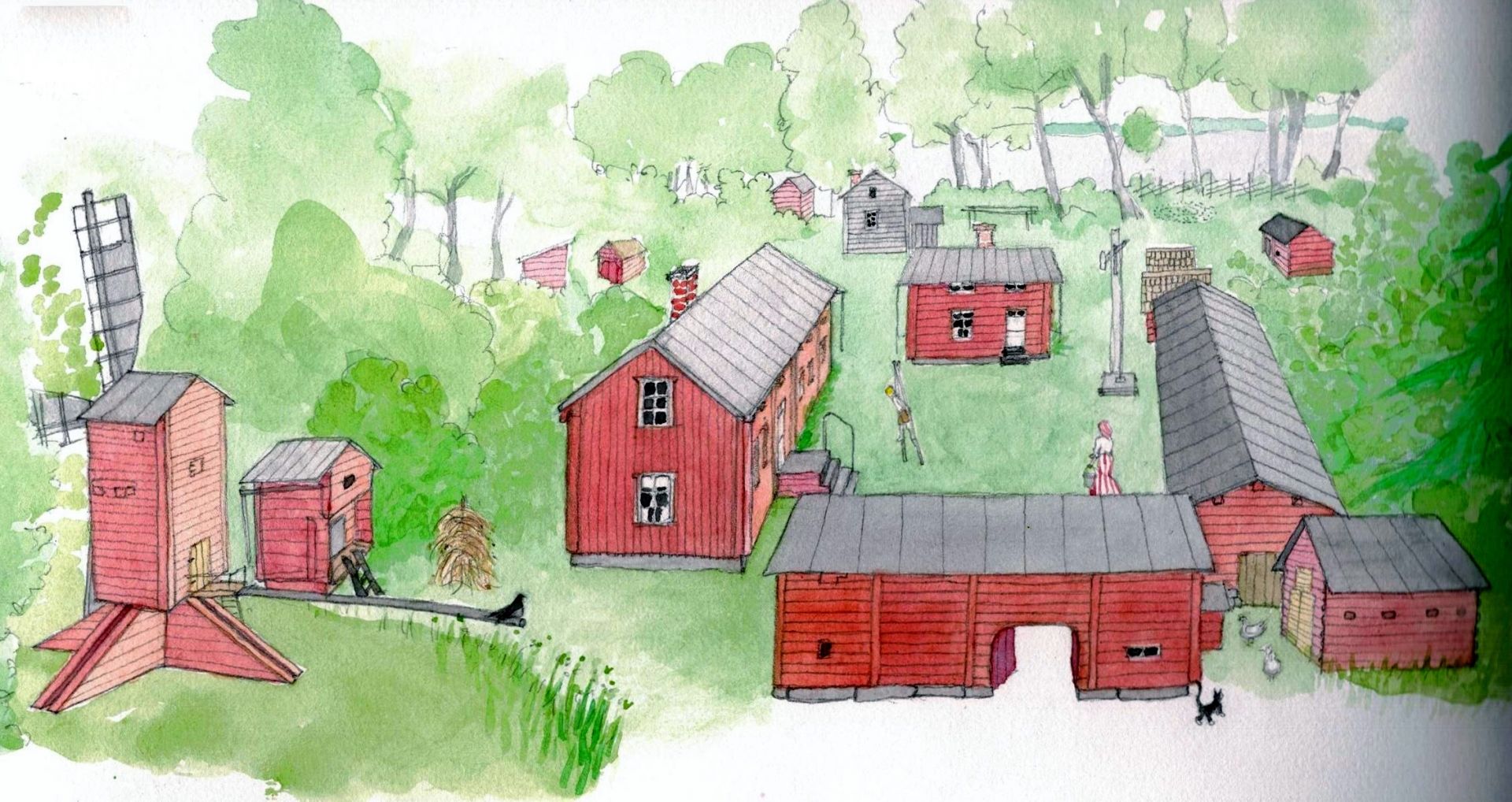
Bragegården was founded in 1933 and is located on a valuable natural site within the city limits, just a few kilometers from the city center of Vaasa.
The different buildings in the open-air museum represent a rural cultural and functional unit, that leads the visitor into a traditional Ostrobothnian farmsted with the main building in the centre.
Bragegården is mantained by the Brage association in Vaasa, which, besides conducting and running the museum, also arranges courses and activities accordning to the cultural heritage of the landscape.
Audio guide
On-site introduction to the open-air museum
Welcome to Brage open-air museum. The buildings you see in front of you were moved here, to Vaasa, about 100 years ago. The Brage association of Vaasa bought the buildings from Alina Harf in Närpes, to start an open-air museum and showcase a traditional Ostrobothnian farmhouse. The idea of an open-air museum was brought forward by the merchant Uno Finnilä in 1917, when the association needed a meeting place. The reason why the Harf homestead in Närpes was chosen, was because Professor Gabriel Nikander considered Harf to be the most beautiful farmhouse between Närpes and Vaasa. The houses were then taken down, log by log, and transported by train to Vaskiluoto, and from there by horse and carriage to the beautiful place where it stands today. There are now 22 buildings on the museum grounds, and in the midst of them stands the original Harf homestead from Närpes.
A country wedding
At the beginning of the 20th century a farmer’s wedding in the Ostrobothnian countryside usually lasted for at least 3 days, as the wedding was the greatest celebration in a person's life. Wedding preparations began long in advance: The living-room in the bride's home was decorated with fringed sheets, silk shawls, mirrors and sconces. Early in the morning on the wedding day the bride was dressed by the village bridal dresser. Her hair was plaited tightly and the crown, which was about 30 centimeters high and decorated with tinsel, was sewn to her hair. Music was woven into the wedding celebration from the beginning to the end. The fiddlers had to play from the arrival of the first guests until the moment the last guests left the wedding celebrations, after several days of eating, drinking and dancing. Singing was heard both outdoors and indoors. People sang good-luck songs, mealtime songs and songs celebrating the bride and groom. The guests sang, the bride sang, the groom sang, and every now and then a solo singer would strike up another song
The museum area
